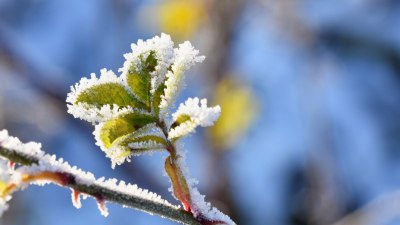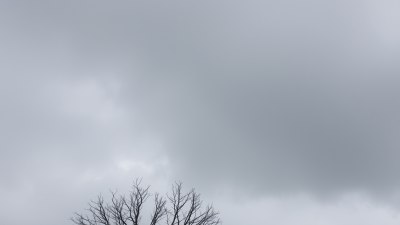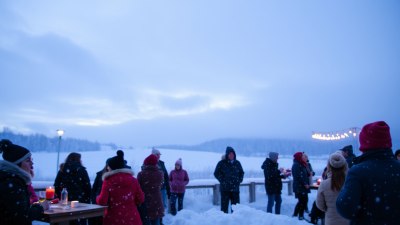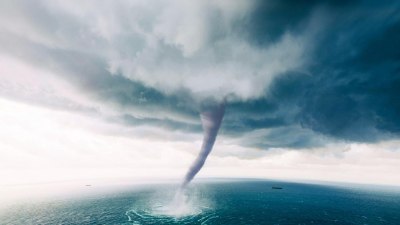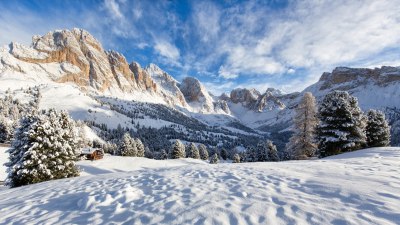Why Do Some Thunderstorms Create Multiple Tornadoes
Explore the fascinating reasons why certain thunderstorms produce multiple tornadoes and the science behind it.
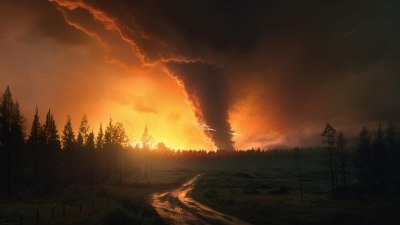
Thunderstorms are among nature's most powerful phenomena, producing heavy rain, strong winds, and lightning. Some thunderstorms, particularly supercell thunderstorms, can generate tornadoes, and in some cases, these storms can spawn multiple tornadoes. Understanding why this occurs requires a look at the meteorological conditions that lead to the formation of tornadoes.
Understanding Tornado Formation
Tornadoes form from severe thunderstorms when warm, moist air at the surface rises and meets a layer of colder, dry air above. This temperature difference creates an unstable atmosphere. The key ingredient for tornado formation is wind shear, which refers to the change in wind speed and direction with height. When strong wind shear is present, it can create a rotating updraft called a mesocyclone, which is essential for tornado development.
Supercell Thunderstorms
Supercells are a specific type of thunderstorm characterized by a rotating updraft, or mesocyclone. Unlike standard thunderstorms, supercells can persist for several hours and are often responsible for producing severe weather, including large hail and multiple tornadoes. The unique structure of a supercell allows it to maintain its strength and organization over time, leading to the potential for multiple tornadoes.
Conditions Favoring Multiple Tornadoes
Several factors contribute to a thunderstorm's ability to produce multiple tornadoes:
1. Strong Wind Shear
High levels of wind shear increase the likelihood of mesocyclone formation, which can intensify and sustain tornadic activity. When wind shear is strong, multiple mesocyclones can develop within a single supercell, each having the potential to produce its own tornado.
2. Enhanced Low-Level Rotation
In some scenarios, low-level rotation can be enhanced due to local topography, changes in land use, or boundaries (like outflow boundaries or dry lines). This can lead to the development of multiple tornadoes as different areas within the storm exhibit rotation.
3. Moisture and Instability
High levels of moisture contribute to atmospheric instability. When warm, moist air is present, it rises rapidly, enhancing convective activity. Storms that develop in environments rich in moisture and instability have a greater propensity for tornadic activity.
4. Multi-Cell Storm Interactions
Sometimes, multiple storms can merge or interact, leading to increased updraft strength and rotation. This can create conditions conducive to multiple tornadoes forming in close proximity within a single supercell structure.
5. Favorable Environmental Conditions
Several atmospheric conditions can favor the development of multiple tornadoes, including the presence of a warm front, cold front, or dry line, which can enhance lift and may rejuvenate storm activity as new cells initiate alongside or in front of the parent storm.
Importance of Doppler Radar
Doppler radar technology plays a crucial role in monitoring the development of tornadoes. By measuring wind speed and direction within storms, meteorologists can identify areas of rotation and track the potential for tornado formation. This information helps in issuing timely warnings to those in the path of a storm and can save lives.
Tornado Outbreaks
When conditions are ripe for tornado formation, it can lead to tornado outbreaks, where numerous tornadoes occur over a short period and in a defined area. These outbreaks are often associated with strong frontal boundaries that produce multiple supercells capable of generating tornadoes.
Assessment and Forecasting Challenges
Forecasting multiple tornado formation is challenging due to the complex interplay of meteorological factors required. Even experienced meteorologists may struggle to predict when a single storm will produce multiple tornadoes. Research continues to improve our understanding of these events and enhance forecasting capabilities.
Preparedness and Safety
Understanding the potential for multiple tornadoes within a severe storm underscores the importance of preparedness. Communities located in tornado-prone areas should have a plan in place, including an emergency kit, a communication plan, and a designated safe space for sheltering during severe weather events.
Conclusion
Thunderstorms that produce multiple tornadoes present a fascinating and dangerous aspect of severe weather. By studying the conditions that lead to these events and enhancing forecasting methods, we can improve public safety and response during tornado outbreaks. As our understanding evolves, so does our ability to respond effectively to one of nature's most violent phenomena.
